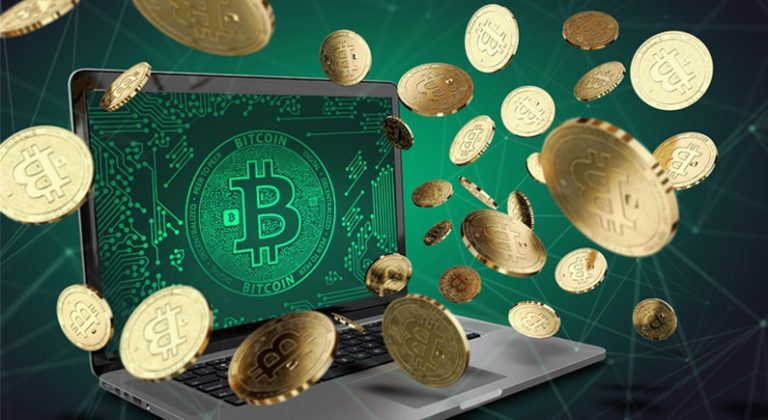This blog post will provide a comprehensive overview of DeFi, explaining what it is, how it works, and its key benefits and risks. We will also discuss some of the most popular DeFi applications and how to get started with DeFi.
Meta: Description: This blog post provides a comprehensive overview of decentralized finance (DeFi), explaining what it is, how it works, and its key benefits and risks. We will also discuss some of the most popular DeFi applications and how to get started with DeFi.
What is decentralized finance (DeFi)?
Decentralized finance (DeFi) is a new and rapidly evolving financial system that uses blockchain technology to enable peer-to-peer financial transactions without the need for intermediaries. DeFi applications are built on public blockchains, such as Ethereum, and use smart contracts to automate financial transactions.
Smart contracts are self-executing contracts that are stored on a blockchain. They can be used to create a wide range of financial products and services, such as lending platforms, decentralized exchanges, and insurance products.
How does DeFi work?
DeFi applications use a variety of different mechanisms to enable peer-to-peer financial transactions. For example, lending platforms allow users to lend and borrow cryptocurrencies without the need for a bank or other financial institution. Decentralized exchanges allow users to trade cryptocurrencies without the need for a centralized exchange. And insurance products allow users to protect themselves against financial losses without the need for an insurance company.
Benefits of DeFi
DeFi offers a number of benefits over traditional financial systems. Here are a few of the most important benefits:
- Transparency: All DeFi transactions are recorded on a public blockchain, which makes them transparent and auditable.
- Accessibility: DeFi is open to everyone, regardless of location or financial status.
- Efficiency: DeFi applications are often more efficient than traditional financial systems, as they can automate many of the manual processes involved in financial transactions.
- Innovation: DeFi is a rapidly evolving ecosystem, with new applications and services being launched all the time.
Risks of DeFi
While DeFi offers a number of benefits, it is important to be aware of the risks involved. Here are a few of the most important risks:
- Volatility: The cryptocurrency market is highly volatile, which means that the value of your investments could fluctuate wildly.
- Smart contract risks: Smart contracts are complex pieces of code, and there is always a risk that they could contain bugs or vulnerabilities.
- Scams and hacks: DeFi applications are a target for scammers and hackers, so it is important to be vigilant and take precautions to protect your assets.
Popular DeFi applications
There are a number of popular DeFi applications that offer a wide range of financial services. Here are a few examples:
- Aave: Aave is a lending platform that allows users to lend and borrow cryptocurrencies.
- Uniswap: Uniswap is a decentralized exchange that allows users to trade cryptocurrencies without the need for a centralized exchange.
- Synthetix: Synthetix is a platform that allows users to create and trade synthetic assets, which are assets that track the price of real-world assets, such as stocks, commodities, and fiat currencies.
- Nexus Mutual: Nexus Mutual is a decentralized insurance platform that allows users to protect themselves against financial losses.
How to get started with DeFi
If you are interested in getting started with DeFi, there are a few things you need to do:
- Create a cryptocurrency wallet: You will need a cryptocurrency wallet to store your cryptocurrencies and interact with DeFi applications.
- Purchase cryptocurrencies: You can purchase cryptocurrencies from a cryptocurrency exchange.
- Connect your wallet to a DeFi application: Once you have purchased cryptocurrencies, you can connect your wallet to a DeFi application to start using its services.
Conclusion
Decentralized finance (DeFi) is a new and rapidly evolving financial system that offers a number of benefits over traditional financial systems. DeFi is transparent, accessible, efficient, and innovative. However, it is important to be aware of the risks involved, such as volatility, smart contract risks, and scams and hacks.











